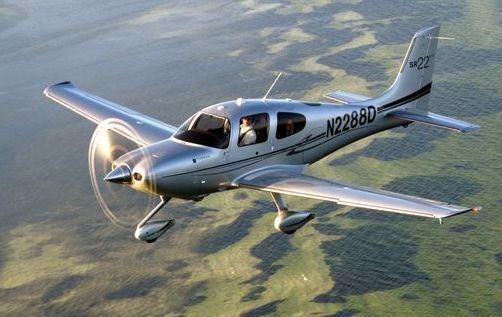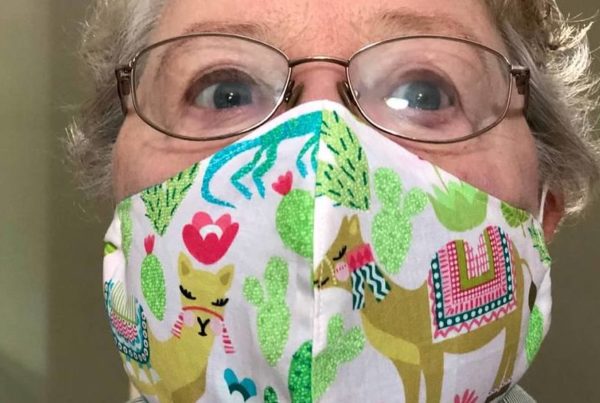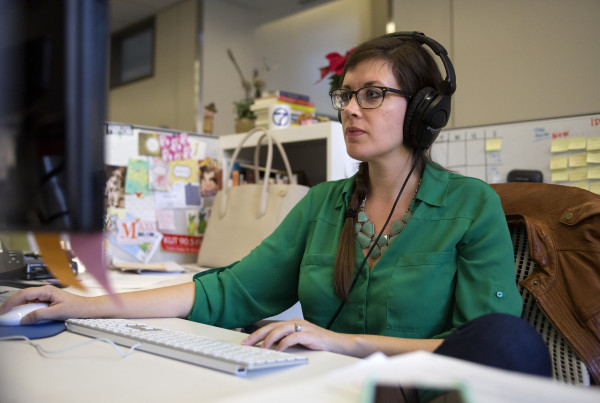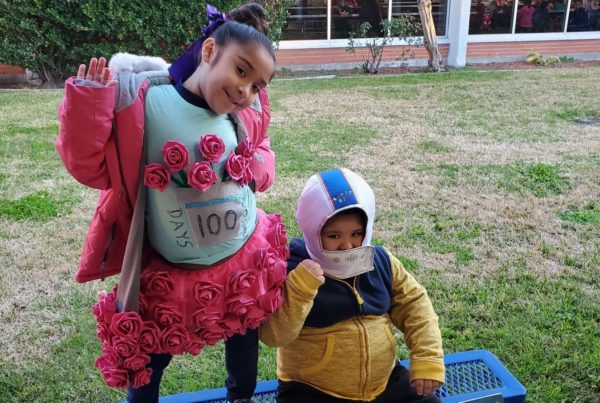From Texas Public Radio:
Airlines have been hit hard because of the COVID-19 pandemic. The industry has seen empty planes, pilot layoffs and massive financial losses. But the rest of the aviation community, commonly known as General Aviation, has also been affected by the outbreak and the changes it’s been forced to make.
Joseph Longaro lives in the Austin area. He owns a single engine Cirrus SR22. It’s a fast, modern, glass cockpit, 4 seat airplane.
“When [the COVID-19 outbreak] first happened,” he recalled, “I was taking lessons for my instructor’s license. [T]he flight schools really weren’t taking people. And then flying someplace, was like, every place you go is closed.”
Pilots like Longaro, on demand air charter pilots, cargo flights, corporate and business aviation, aircraft owners who fly for personal or business reasons, amid other categories all fall under the category “General Aviation.”
According to the Aircraft Owners and Pilots Association, General Aviation provides more than one percent of the GDP in the United States, accounting for 1.3 million jobs in professional services and manufacturing.
And the COVID-19 pandemic touched every one of those jobs.
“Louis” is a corporate jet pilot. He declined to give TPR his last name so as to protect the privacy of the aircraft’s owners. His plane accommodates a dozen passengers. It is used for personal and business trips for the owners, and sometimes it is leased out for on-demand charter trips.
“Prior to COVID, we were averaging probably five days a month of flying charter, which was quite a bit for us,” he explained. “And along with the regular principals’ trips, so it was five days a month additional in charter. And since [March we’ve] only done really two charter flights.”
Al Hyde, a retired airline captain, is now a contract pilot flying the Pilatus PC 12 single-engine turboprop for several different owners. He generally flew about 45 to 50 hours per month. But then the COVID-19 pandemic hit.
“It went to zero for two months. I think it was April and May — it went to zero,” he recalled.
But now, he said, it is slowly picking up again.
“Couple of times a week,” he said, “and I see on a schedule that looks like it’s going to increase again. So we’re headed back to… about 60% or so of what I was doing.”
Other areas of General Aviation continue to thrive, including air cargo operations.
The Bureau of Transportation Statistics recently reported that domestic air cargo is either holding steady or slightly up from this time last year. The pace may be connected to larger numbers of people staying at home and shopping online.
Flight schools were also doing steady business.
Casey Ratliff, the owner of Texas Skies Flight School northwest of San Antonio, explained that when COVID-19 lockdowns began in March, his business dropped dramatically.
But now, he said, a new kind of customer is coming out to learn to fly:
“There’s a percentage of people out there that… feel like commercial flying has become even much more of a hassle or a risk,” Ratliff said. “I’ve had a group of clientele that has spawned because of the outbreak, wanting to learn how to fly so that they can just get themselves from point A to point B.”
He said he has also seen more young people who were considering aviation as a profession.
“You know, the next generation of pilots, we still got to produce those,” Ratliff said, “and I think some of those kids actually have a little foresight into that and are out here, you know, learning how to fly.”















